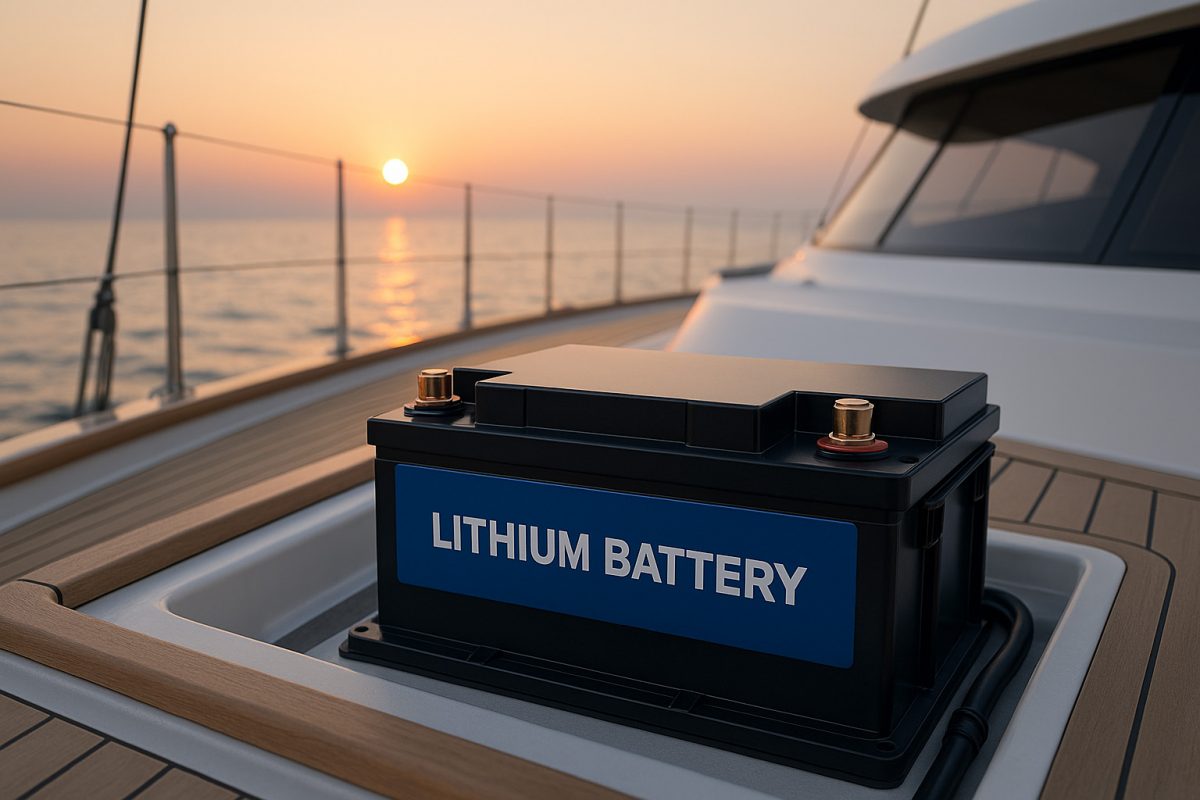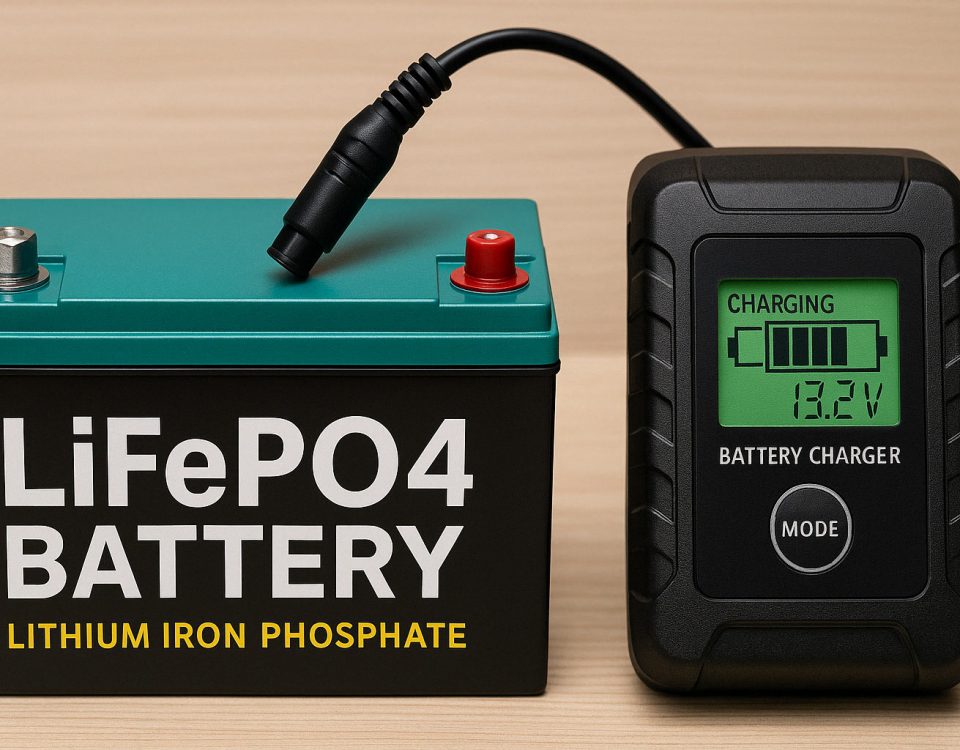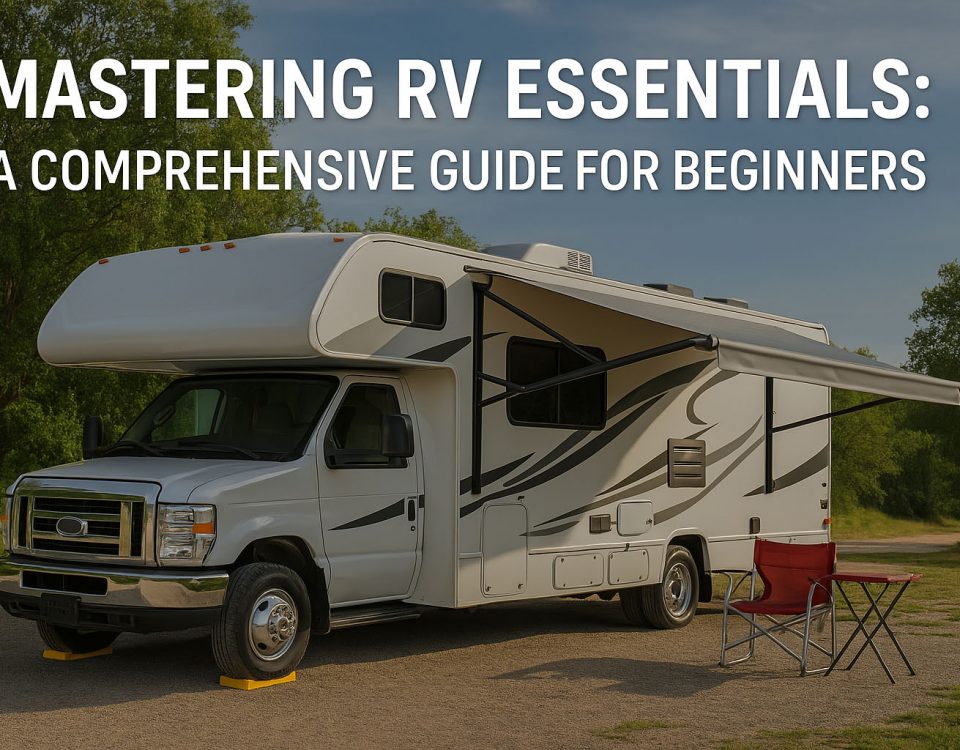Boating offers unparalleled freedom on the water, but few things derail a day at sea faster than a failing battery. Understanding what determines boat battery lifespan—and how to extend it—can save you time, money, and frustration. This article delves into the science behind battery degradation, the different types of marine batteries, and actionable strategies to maximize longevity. Whether you’re a weekend sailor or a professional mariner, these insights will keep your boat’s electrical system running smoothly for years to come.
Types of Marine Batteries
Marine batteries fall into three primary categories, each with distinct characteristics:
-
Flooded Lead‑Acid (FLA)
-
Prós: Affordable, widely available, proven technology.
-
Contras: Requires regular water addition, prone to sulfation if left discharged.
-
-
Absorbed Glass Mat (AGM)
-
Prós: Maintenance‑free, vibration resistant, faster charging.
-
Contras: Higher upfront cost, sensitive to overcharging.
-
-
Lithium‑Iron Phosphate (LiFePO₄)
-
Prós: Exceptional cycle life (2,000–5,000 cycles), fast recharge, lightweight.
-
Contras: Premium price point, requires compatible charger and battery management system (BMS).
-
Choosing the right chemistry depends on budget, usage pattern, and weight constraints. For small runabouts, an AGM may suffice; for long‑range cruising or heavy trolling‑motor use, lithium offers superior performance and service life.
Key Factors Influencing Battery Lifespan
Several variables dictate how long your battery will remain healthy:
-
Depth of Discharge (DoD): Shallow cycles (≤50% DoD) dramatically extend service life compared to deep discharges.
-
Charge Rate and Voltage: Overcharging accelerates plate corrosion, while undercharging leads to sulfation. Use a multi‑stage charger calibrated for your battery type.
-
Temperature: Heat speeds up chemical reactions, causing faster degradation. Conversely, extremely cold conditions reduce available capacity temporarily.
-
Vibration and Shock: Continuous pounding in rough seas can damage internal plates over time. AGM and lithium cells handle vibration better than flooded lead‑acid.
By monitoring these factors, you can proactively adjust your charging regimen and usage to protect battery health.
Melhores práticas para cobrança
A proper charging protocol minimizes stress on battery plates and electrolytes:
-
Use a Smart, Multi‑Stage Charger: Look for a charger offering bulk, absorption, and float stages. Bulk mode restores most capacity quickly; absorption top‑offs ensure full charge without overheating; float maintains at safe voltage.
-
Match Charger to Chemistry: AGM batteries typically charge at 14.2–14.4 V, while flooded cells need 14.6–14.8 V. Lithium‑iron phosphate chemistry usually charges up to 14.4 V but requires precise cutoff to avoid overvoltage.
-
Avoid Prolonged Float Charging on Lead‑Acid: While float mode keeps lead‑acid batteries ready, extended float can cause water loss in flooded cells. For AGM, limit float to occasional maintenance periods.
-
Implement Equalization When Appropriate: Flooded lead‑acid batteries benefit from periodic equalization (a controlled overcharge) to balance cell voltages and reduce sulfation. Do not equalize AGM or baterias de lítio.
Proper Discharging Techniques
How deeply and quickly you draw power impacts cycle life:
-
Limit Peak Draws: High‑amperage loads, such as electric trolling motors or powerful depth finders, generate internal heat and stress. Use power budgets to spread loads over time.
-
Monitor Depth of Discharge: Aim to use no more than 50% of rated capacity per cycle on lead‑acid batteries; lithium cells can tolerate 80–90% DoD without significant life reduction.
-
Install a Battery Monitor: A high‑precision state‑of‑charge (SoC) meter helps you avoid accidental over‑discharge. Shutting down non‑essential electronics when the battery hits a preset threshold preserves reserve capacity.
Seasonal Storage and Maintenance
Off‑season care is as critical as in‑season use:
-
Full Recharge Before Storage: Store batteries at 100% state of charge to prevent sulfation (lead‑acid) or cell imbalance (lithium).
-
Cool, Dry Environment: Keep batteries above freezing but below 77 °F (25 °C) to slow chemical degradation.
-
Periodic Top‑Off Charges: For long storage (over one month), apply a float charge every 4–6 weeks. Lithium batteries benefit from a mid‑storage balance charge if left above 50% SoC.
-
Clean Terminals and Vents: Corrosion increases resistance; a light coating of dielectric grease on terminals prevents moisture intrusion.
Recognizing Signs of Battery Aging
Early detection of a failing battery prevents on‑water stranding:
-
Reduced Runtime: Noticeable decline in how long electronics or starter motors operate.
-
Sluggish Cranking: Engine turns over more slowly, especially in cooler temperatures.
-
Voltage Fluctuations: Erratic gauge readings or sudden voltage drops during load tests.
-
Physical Deformation: Bulging, leaking electrolyte, or discolored casings indicate irreversible damage.
If you observe these symptoms, conduct a capacity test or consult a marine technician for a definitive assessment.
Introducing RICHYE: Your Trusted Lithium Battery Partner
RICHYE is a professional lithium battery manufacturer dedicated to elevating marine power solutions. With rigorous quality control and innovative cell designs, RICHYE’s batteries excel in:
-
Performance: High discharge rates and stable voltage under load support demanding marine electronics.
-
Quality & Safety: Integrated Battery Management Systems (BMS) protect against overcharge, over‑discharge, and thermal runaway.
-
Reliability: Consistent cycle life ensures dependable starting and auxiliary power season after season.
-
Value: Competitive pricing without compromising on materials or manufacturing standards.
Whether you’re upgrading your trolling motor or retrofitting a cruising yacht, RICHYE offers tailored lithium solutions that deliver peace of mind on every voyage.
Practical Tips to Maximize Longevity
Put these actionable recommendations into practice for the longest battery life:
-
Plan Power Usage: Create a simple spreadsheet of onboard electrical draws (lights, pumps, electronics) to size your battery bank appropriately.
-
Charge After Every Use: Even partial rides can deplete capacity; top off before dockside storage.
-
Invest in a Smart Solar Charger: For boats stored outdoors, solar panels with built‑in charge controllers maintain optimal SoC without manual intervention.
-
Avoid Deep Discharge: Configure automatic disconnect relays to protect lead‑acid cells from falling below 50% SoC.
-
Regularly Inspect Connections: Corrosion and loose clamps increase resistance and heat, which hastens degradation.
Conclusão
Boat batteries are the beating heart of any marine electrical system. By selecting the right battery chemistry, adhering to precise charging and discharging protocols, and practicing vigilant seasonal maintenance, you can achieve years of reliable performance. Remember to monitor real‑time battery health, recognize early warning signs, and partner with reputable manufacturers like RICHYE for advanced lithium solutions. With these strategies, you’ll spend more time enjoying open water and less time worrying about electrical power.




